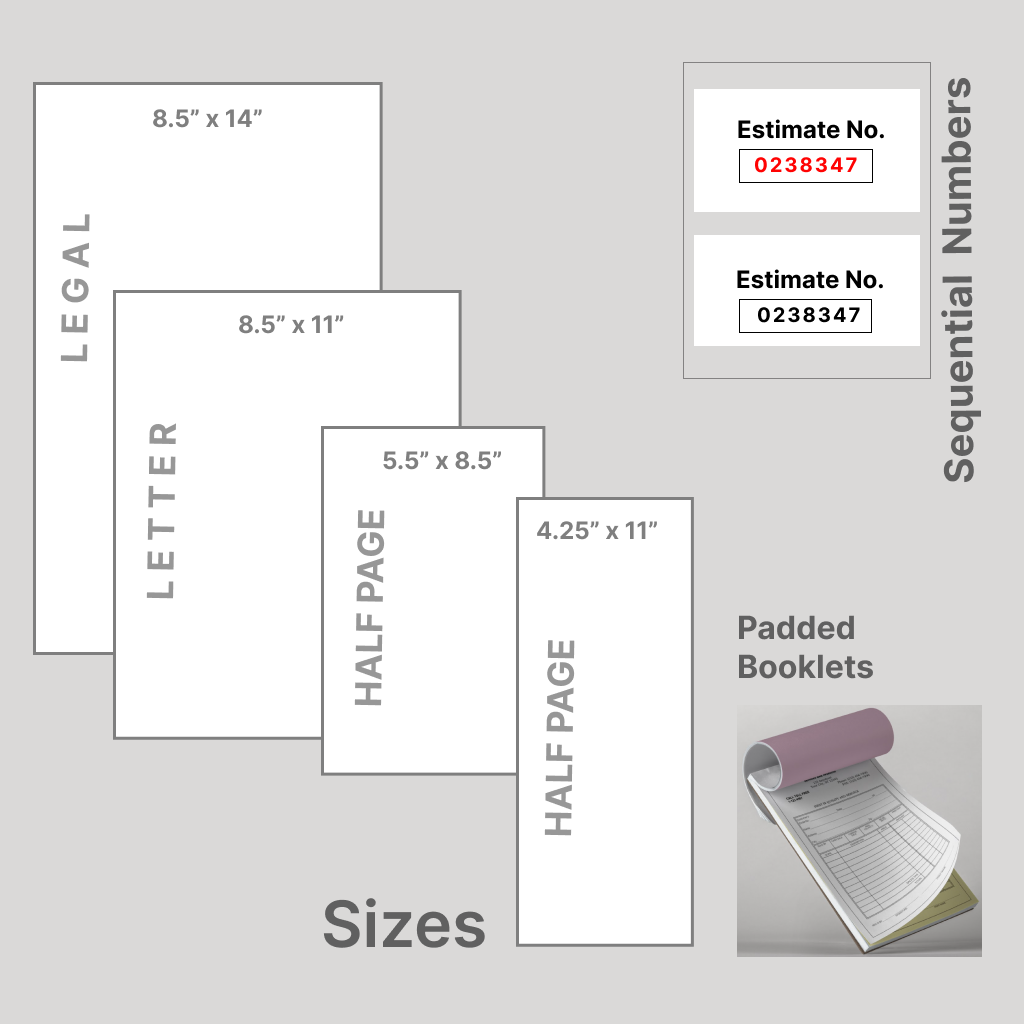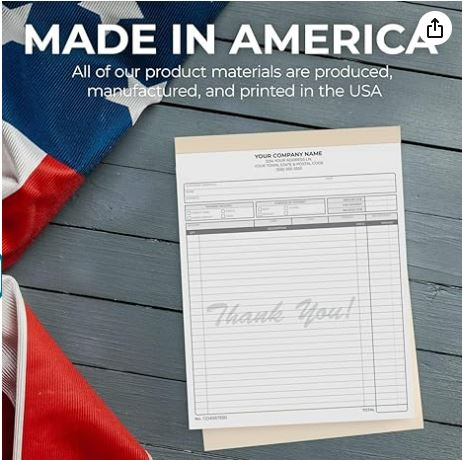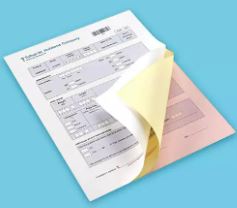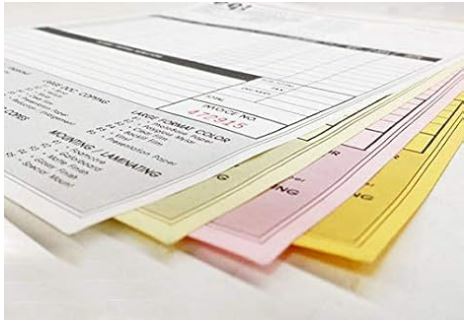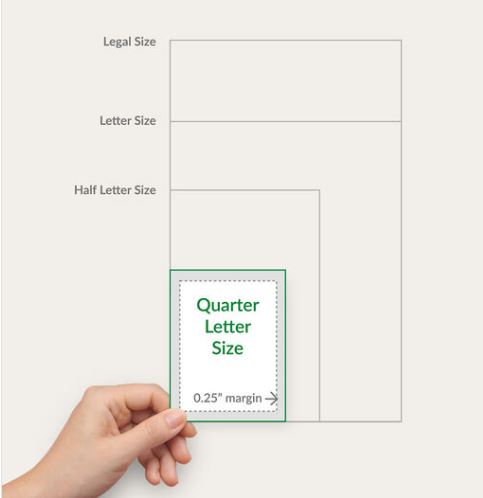Carbonless paper, often called NCR (No Carbon Required) paper, is a type of coated paper designed to transfer information written on the top sheet to the sheets below without using a separate carbon sheet. This is accomplished through a chemical coating on the paper that reacts under pressure, producing a copy.
Carbonless forms are used for invoices, receipt books, and other applications where multiple copies of a document are needed. Carbonless forms save a trip to copy machine. Here’s how it works:
- Top sheet (CB): The top sheet is coated on the back with micro-encapsulated dye or ink (CB stands for Coated Back).
- Middle sheet (CFB): If there are multiple sheets, the middle sheets are coated on both sides - one side with dye and the other with clay to receive the impression (CFB stands for Coated Front and Back).
- Bottom sheet (CF): The bottom sheet is coated on the front with a clay that reacts with the dye to create the copy (CF stands for Coated Front). When you write on the top sheet, the pressure from the pen causes the micro-capsules to break, releasing the dye, which reacts with the clay on the sheet below to form a duplicate.

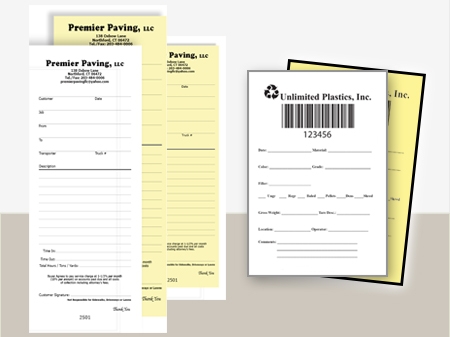 Drinkware / Mugs
Drinkware / Mugs


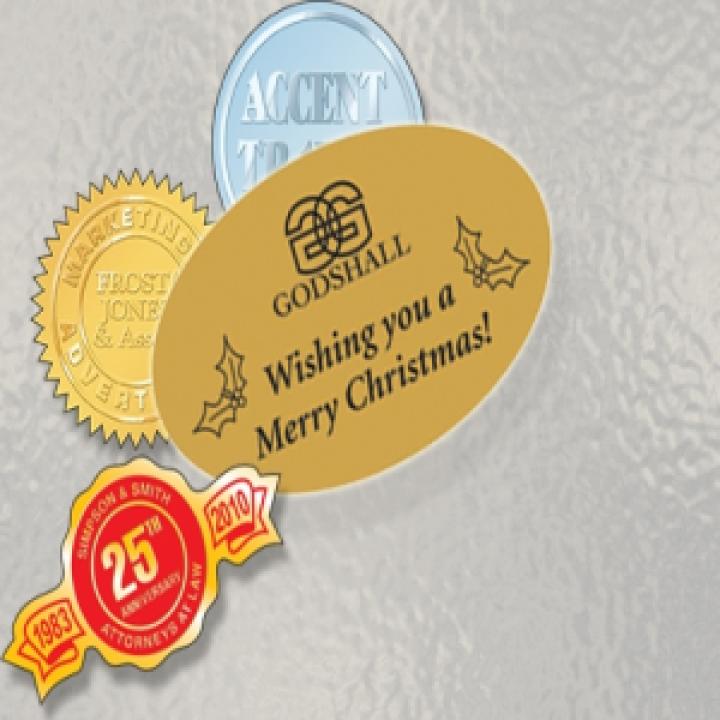
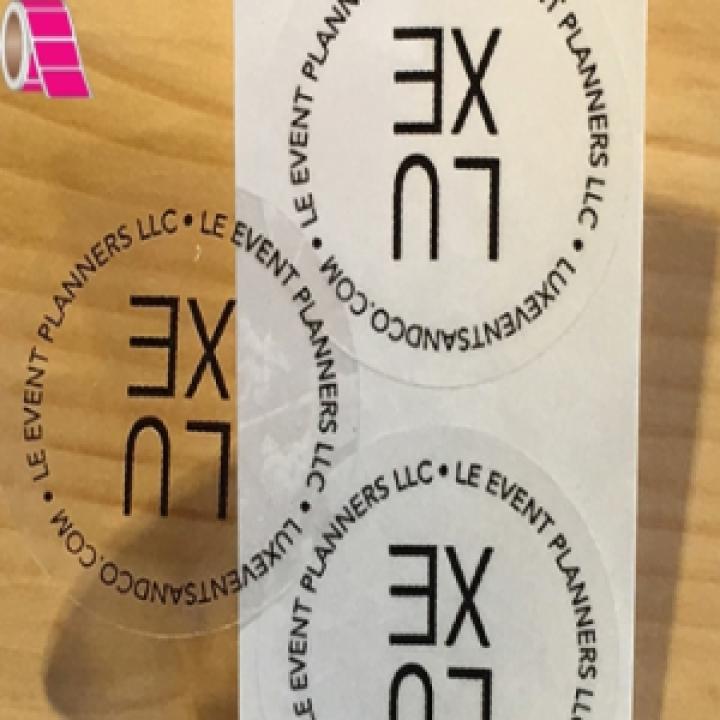
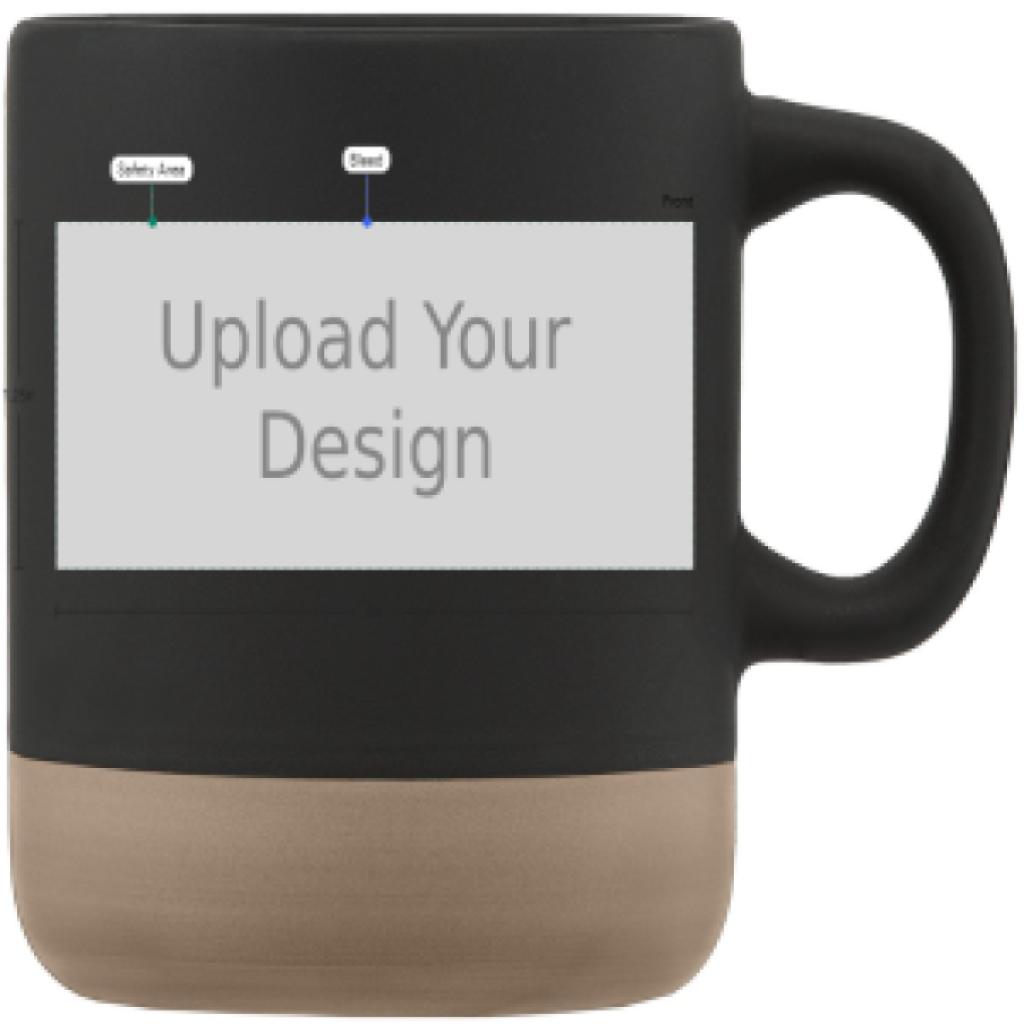


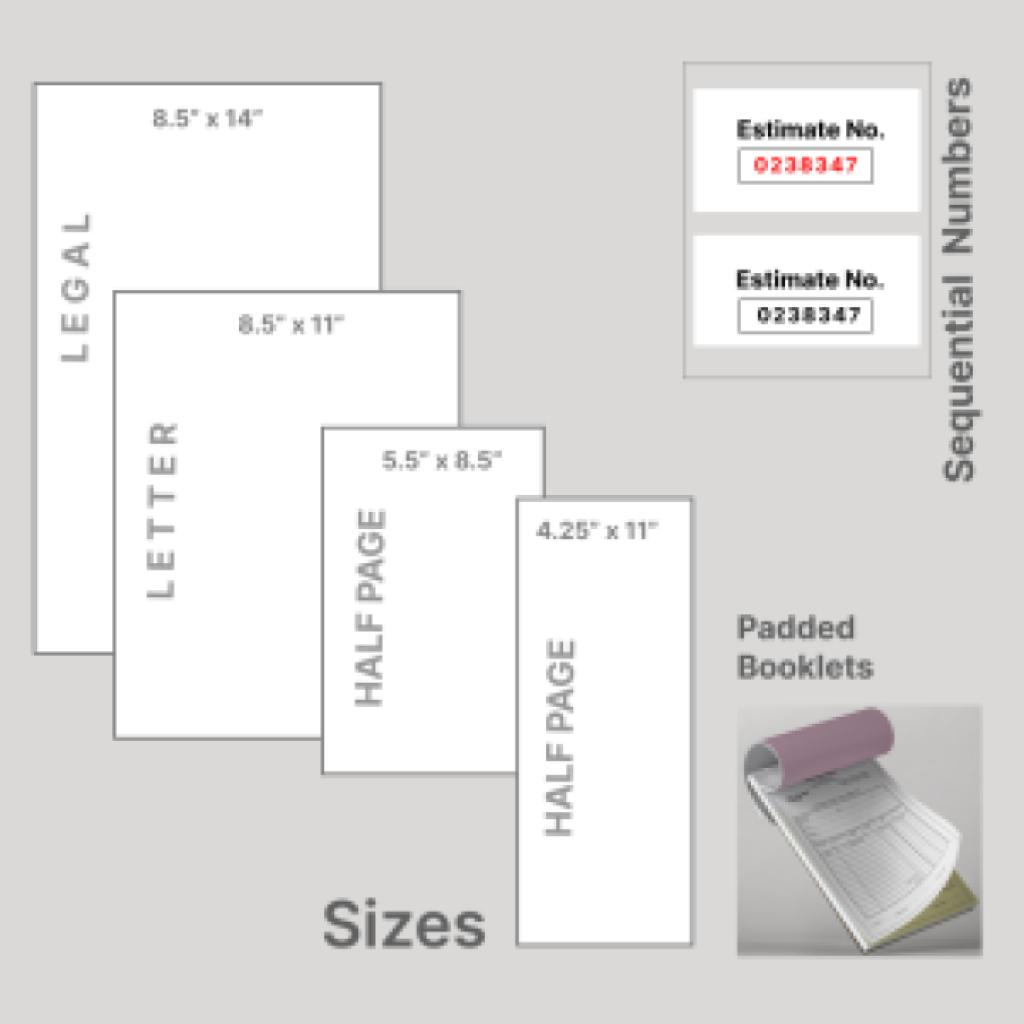
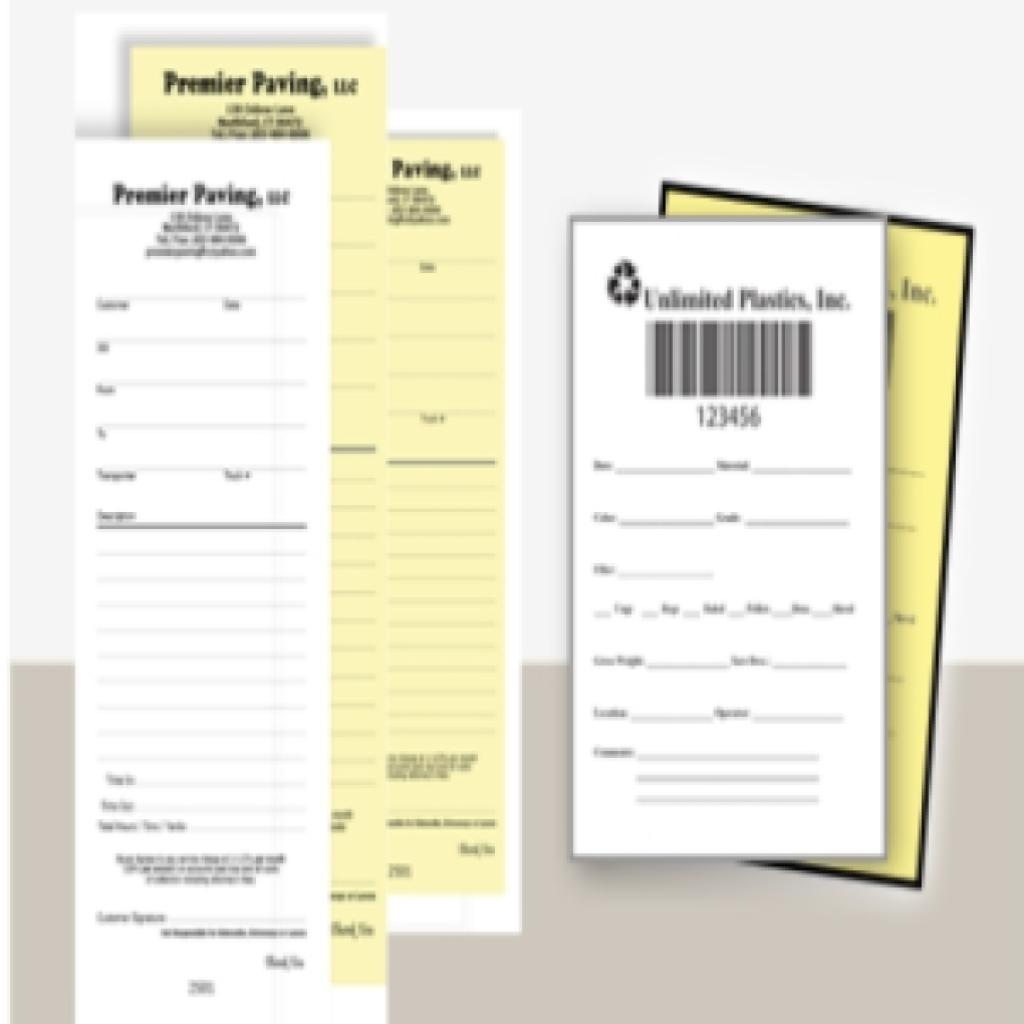
 Download
Template
Download
Template